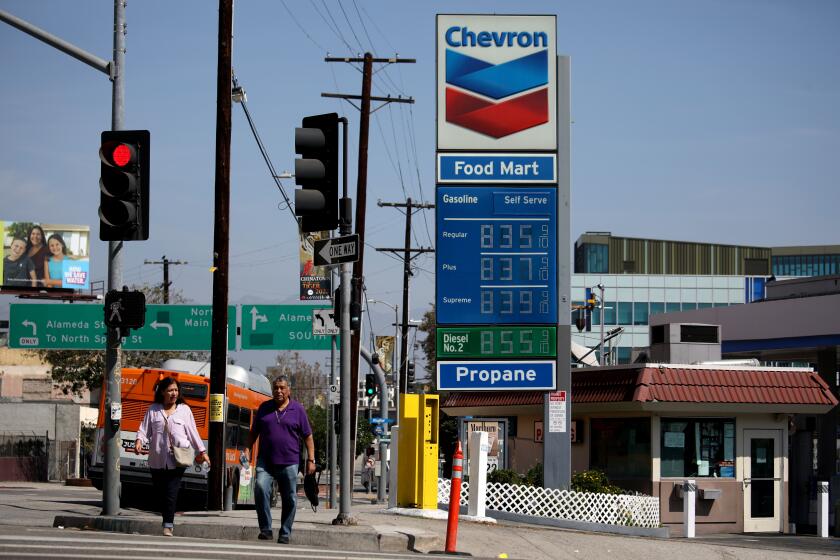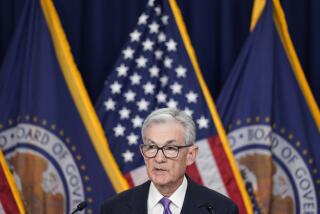OPEC+ nations agree to cut oil production to boost sliding prices

OPEC+ agreed to cut its collective output limit by 2 million barrels a day, delegates said, as the group seeks to halt a slide in oil prices caused by the weakening of the global economy.
It’s the biggest reduction by the Organization of the Petroleum Exporting Countries and its allies since 2020, but it will have a smaller effect on global supply than the headline number suggests. Several member countries are already pumping well below their quotas, meaning that they would already be in compliance with their new output limits without having to reduce production.
Even so, the cartel’s decision risks adding another shock to a global economy that is already battling inflation driven by high energy costs. The cartel extended its cooperation agreement until the end of 2023, and the new production limits agreed to Wednesday will remain in place until then unless the market changes, a delegate said.
“OPEC wants prices around $90” a barrel, Nigerian Minister of State for Petroleum Resources Timipre Sylva said after the meeting in Vienna. Many member countries have based their 2023 budgets on that price, and “it would destabilize some economies” if that weren’t to happen, he said.
After the decision was announced, U.S. crude rose to $87.64 a barrel and Brent crude, the international benchmark, went up to $93.21. Brent had recently slipped as low as $84 a barrel after spending most of the summer above $100.
President Biden was “disappointed by the shortsighted decision,” which will hurt the global economy, the White House said in a statement. He visited Saudi Arabia in July to push for higher production and lower pump prices for Americans ahead of midterm elections in November.
California gas prices hit highs as refinery issues affect supplies. The volatility highlights vulnerabilities of the state’s transitioning energy market.
White House national security advisor Jake Sullivan and National Economic Council Director Brian Deese said in a statement after the OPEC+ meeting that the U.S. would release an additional 10 million barrels of oil from the Strategic Petroleum Reserve in November, and that “the president will continue to direct SPR releases as appropriate to protect American consumers and promote energy security.”
Earlier on Wednesday, U.S. officials were making calls to counterparts in the Persian Gulf, trying to push back against the move to cut production, according to people familiar with the situation. Already, the White House had asked the U.S. Energy Department to analyze whether a ban on exports of gasoline, diesel and other refined petroleum products would lower prices, Bloomberg reported Tuesday. It’s a controversial idea but one that’s gaining traction in some corners of the Biden administration.
In Vienna, there was little sign before the OPEC+ meeting that the U.S. pressure was working. United Arab Emirates Energy Minister Suhail Al Mazrouei insisted that the decision was “technical.”
“It’s very important that it remains as a technical decision and it’s not political,” he told reporters. “That’s why it’s important to look at [the] technical side of the equation and look at any concerns regarding the economy and the status of the economy.”
The supply curbs may not have the result OPEC+ is hoping for, said Ole Hansen, head of commodity strategy at Saxo Bank.
“Cutting production at this time has been a bit of mystery to me given the fact the price has not fallen much below the $90-$100 Brent range that seems to be acceptable to most producers,” Hansen said. “This decision risks agitating the U.S. while potentially leading the FOMC [Federal Open Market Committee] to keep tightening for longer as inflation will become more sticky. The result being a stronger dollar, higher bond yields and a global economic slowdown that may end up taking longer to reverse.”
The cut of 2 million barrels a day in output target will be measured against the same baseline as the previous OPEC+ agreements, Amir Hossein Zamaninia, OPEC governor for Iran, told reporters after the meeting. Shared pro rata among members, the cut would require just eight countries to curb actual production and deliver a real reduction of about 900,000 barrels a day, according to Bloomberg calculations based on September output figures.
OPEC+ will no longer hold monthly meetings, Zamaninia said. The group’s Joint Ministerial Monitoring Committee, which oversees implementation of production cuts, will meet every two months, he said.
More to Read
Inside the business of entertainment
The Wide Shot brings you news, analysis and insights on everything from streaming wars to production — and what it all means for the future.
You may occasionally receive promotional content from the Los Angeles Times.











